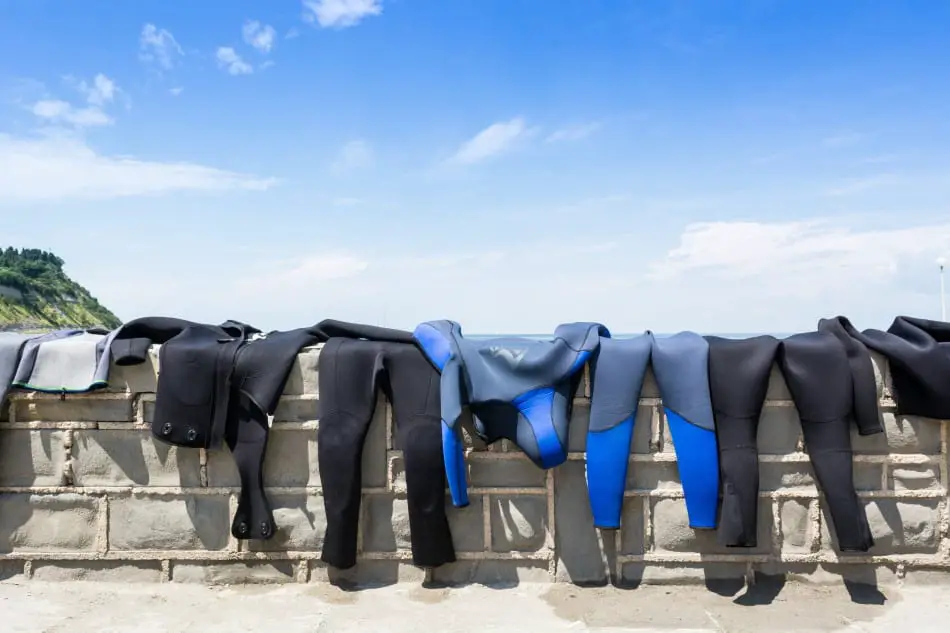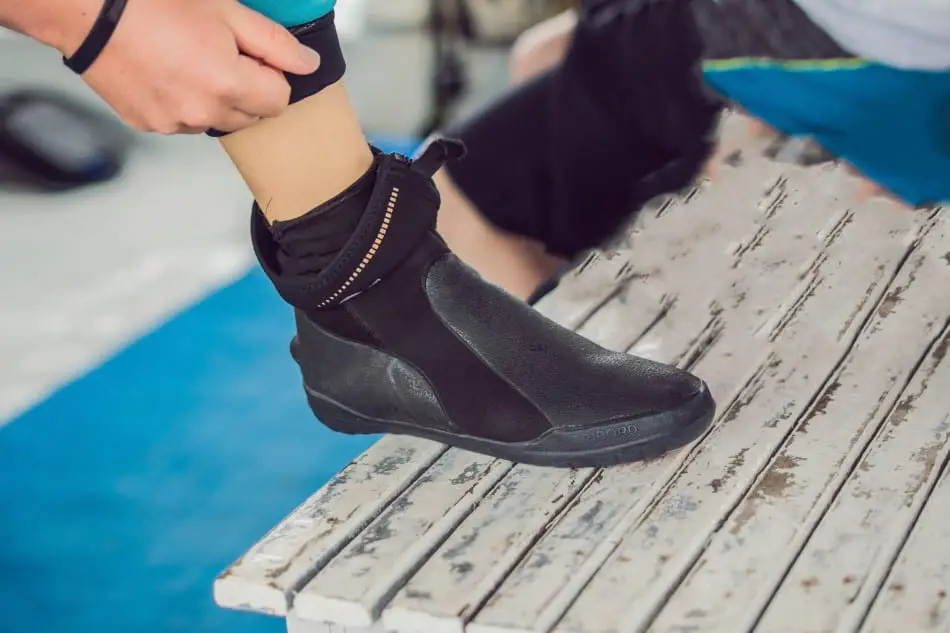How to Properly Maintain and Store a Wetsuit
If you’re a water sports enthusiast, chances are you have dropped a couple of hundred bucks on a wetsuit. These suits are made of foamed neoprene; they are specifically engineered to be protective underwater.
They provide thermal insulation, UV protection and are strong enough to defend against mild stings from marine animals as well as possible abrasions from coral and sharp rocks. This garment is a necessary piece of equipment that must be worn during water sports especially during dives.
Since wetsuits are such a necessity and also so expensive, it is imperative to care for them so they have greater longevity. Like all equipment, wetsuits also require some special handling; this includes how we clean them, dry them and store them.
Below we discuss all the details on how to properly store and maintain your wetsuit so you can make use of it for the longest possible time:
How Does A Wetsuit Deteriorate Over the Years?
Apart from regular wear and tear a suit endures over time, there are some factors that can affect the lifespan of your suit. Neoprene may be a tough material, but there are natural elements that can damage it quite quickly, so you need to make sure that you are storing it in the correct place.
Sunlight is the enemy of a wetsuit. A brand new wetsuit can break down in a matter of weeks if it is left out in the sunlight. UV rays weaken neoprene and so does the heat. Under no circumstances should you dry a wetsuit in direct sunlight; put it in a shaded place with plenty of air.
Salt, minerals, and bacteria tend to crystallize over time. Just like any other equipment that you take with you during dives, a wetsuit should be properly rinsed afterward to ensure that it doesn’t get damaged. Bacteria in the water can also grow fungus, making your wetsuit smelly and slimy.
A scrunched-up suit left in a gear bag will start to deteriorate; neoprene needs to be stored properly or it compromises the structure. Lastly, you should be careful about what type of cleaner you are using to clean your suit. Neoprene needs very specific, approved cleaners otherwise it can start to break down.
Depending on the quality, how you care for it, and the frequency of use, a wetsuit should last anywhere from 4 to 10 years or more.
How to Best Maintain a Wetsuit While Diving
Maintaining your wetsuit includes everything from wearing it, cleaning it, and storing it. During your dive, there are many sharp rocks and jagged surfaces that can damage your suit. To keep your suit for as long as possible, try to avoid abrasions while you are underwater.
Wetsuits need to be properly rinsed after every dive. This is the bare minimum you should do to maintain your suit. A thorough freshwater rinse should rid your suit of all rubble, minerals, and salt.
After rinsing, hang your suit out to dry in a shaded, open air space to ensure it properly dries before you store it. Never put your suit in a washer or dryer; this will instantly ruin the neoprene of the suit, compromising the structural integrity.

How to Properly Clean a Wetsuit
When you are out of the water, rinse your wetsuit thoroughly with lukewarm fresh water. After that, make a very mild solution of baking soda (or wetsuit shampoo) and warm water (not hot, as hot water can cause your suit to become rigid). Soak your suit in the solution for 30 minutes, and then turn the suit inside out and repeat.
While the suit is soaking, take that time to clean the zipper and Velcro patches. Use a toothbrush to scrub along the zipper and on the patches. Also, move your zipper up and down to free any possible dirt that might have lodged itself in.
After the soak, rinse the suit again thoroughly. Turn the suit inside out again and rinse it once more. Inspect the suit for any leftover dirt or salt and rinse that area again. Dry the suit by hanging it on a thick hanger with all the zippers open to ensure it airs out properly; put it to dry somewhere that has plenty of air and no direct sunlight.
How Do You Best Store a Wetsuit
You can store your wetsuit in a few different ways depending on how quickly you will use it again. If you are diving the next day, fold your wetsuits arms in at a 90-degree angle, gently fold it in half, and then lay it flat on your dive bag so it’s ready to go.
If you plan on going diving again in a month or so, hang your wetsuit on a thick hanger and put it in your closet. If you have no dives planned for a while, place your wetsuit on an extra thick hanger and store it in your closet. If you have space, lay the wetsuit flat in your closet, or with a gentle fold with nothing on top. Keep in mind that neoprene can get permanent creases if it is folded too harshly.
Where Do You Best Store a Wetsuit
Wetsuits need to be stored in cool, dark, and dry places. Store your wetsuit in a closet or garage that has a controlled climate. Direct sunlight can damage the neoprene pretty quickly, and light can have the same effect over time. Heat is also quite effective in breaking down the material, so make sure it isn’t hot where you store your suit.
If you have cars in the garage, avoid putting your suits there. Car emissions can also damage neoprene.
Does Color Impact Storage and Maintenance of Your Wetsuit?
The color of your wetsuit doesn’t really matter in the way you maintain and store it. What does matter is the material.
Though almost all wetsuits are made of neoprene, some linings and mixed materials can vary. Nylon, Skins, and Flex materials all vary in their structure; understand these materials to further care for them and your wetsuit.
Does Thickness Of Your Wetsuit Impact How You Store And Maintain It?
Thicker suits require a little extra soak time compared to thinner wetsuits. Where you can get away with 15-20 minutes of soak time with thinner suits, give thick suits the full 30 minutes on each side.
While storing, thicker suits require thicker hangers. They are heavier, so you don’t want the thinner hangers to stretch out or crease the suit.

How to Maintain and Store Gloves, Booties, Hoods
Anything that is worn on a dive needs to be thoroughly rinsed with fresh water to remove any salt, minerals, and dirt. Anything left behind can cause crystallization and fungus.
Soak the accessories in a similar solution to the wetsuit, and then scrub with your hands to dislodge any dirt. Turn the gloves and hood inside out and continue soaking.
Place them in separate mesh bags and hang to dry in a cool dark place with air. To store, you can lay your accessories flat on the floor of your closet for long-term storage or in the mesh bags for a next day dive.
Final Thoughts
Since scuba equipment is so expensive in general, when you add up the cost of each individual component, it can rack up quite a bill. With a few simple steps you can make your wetsuit last through many dive seasons, so why not make the effort? Wetsuits keep you warm and protected while snorkeling, scuba diving, and even surfing, so care for them properly and protect them back!

